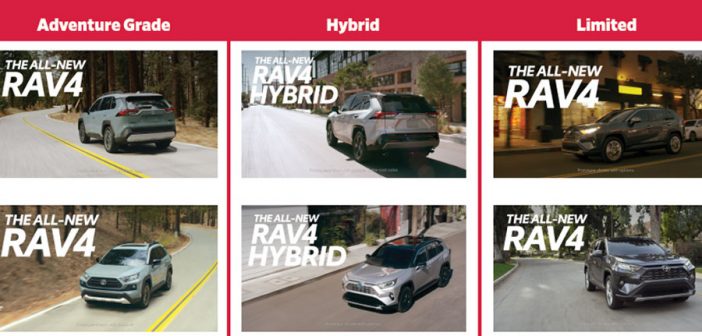Achieving granular reactions is the goal, but the tech isn’t yet up to the task
Many companies say they can achieve these granular interactions—claiming that AI and machine learning will enable millions of ads to be served using only a handful of creatives, while increasing engagement and return on investment—but they often oversell their capabilities.
“I could see a future where Coke has 200 different versions of a specific product and lets Facebook pick the best-performing creative,” says Simon Lejeune, head of user acquisition at Hopper, a popular hotel- and flight-booking app. “But … issues will happen.”
Lejeune says Hopper shifted its entire budget toward so-called personalized ads after seeing performance double compared to the running of “generic” ads. The deals “are very good clickbait,” he says. “When someone from Chicago sees they can go to Hawaii for $299, it gets a lot of engagement.”
Companies such as Publicis, S4 Capital, Interpublic Group of Cos., Adobe, Salesforce, Google, Facebook and Amazon are all investing heavily in the personalization arena, but there are challenges to overcome, especially in terms of achieving the scale marketers desire in areas such as video.
“There are two big hurdles,” says Chris Pierantozzi, executive creative director at Saatchi & Saatchi. “We’re still waiting for ad tech to get to the vision for purely personalized content, because right now it’s a terrible system and not advanced; banners have been dynamic for 10 years now and video would be next, but we’re waiting for it to catch up. Some tech can enable it, but not all.”
Scale is the other hurdle. “We’re constantly dancing between scale and personalization,” he says. “Scale is always an important part for mass brands in trying to make sure we’re hitting enough people in the process pool.”
Pierantozzi, who has been making personalized ads on behalf of Toyota for years, starts the process in the production stage, such as shooting video with the intention that it will be spliced into multiple different forms of creative.
The human touch
Cadillac has opted for what may be a first-of-its kind approach: The automaker relies less on tech and more on consistent communication between its creative and media agencies and Teads, the digital video company—a kind of collaboration that points to the need for humans in a process many assume will be fully automated.
The end results of what was a six-week campaign were promising. Cadillac says it saw a 15 percent uptick in its video completion rate and 45 percent increase in click-throughs when promoting its XT4 across Google platforms, social media and publishers. Overall, Cadillac cut 330 ads from just 11 video ads.
But the legwork needed underscores how far brands are from reaching personalization at scale. Prior to having any ads run, Teads tested Cadillac’s original 11 ads against three different target audiences for two weeks. Based on those insights, it developed a hypothesis as to which videos and messages resonated with specific audience segments. It then spliced the videos into various creative executions with different messages.
But before any could be shown to consumers, Teads had to get approval from Cadillac’s media agency, Carrot, and Rokkan, its creative agency.
“Earlier on, the gaps in approval were larger, but toward the end, we would get a response in an hour,” says Danielle Cole, senior creative account strategist at Teads, who spearheaded the multi-team effort within the company. “It’s almost like the democratization of creative, but it’s just putting the data and creative together to [make a]decision in a smarter way.”
In one example, Cole says the team assumed that the message about Cadillac’s torque power would resonate most with men. “What we learned during iterations was … messaging for torque resonated with females. People loyal to Cadillac leaned in to messaging about power. Others leaned in to the lifestyle. It was something we could only learn from testing, analyzing and iterating.”
“[There’s] always going to be some level of segment customization,” says Mikko Hagelberg, global head of industry and retail at Smartly.io. Someone who works in construction, for example, might like more information than someone who works at home with tools.
“We like to think that we’re unique and that we need one single message for us,” says Hagelberg. “But we’re a lot more boring [than that]and advertisers need to create variations [of consumer segments]at scale and learn what works and what does not.”
–
This article first appeared in www.adage.com
Seeking to build and grow your brand using the force of consumer insight, strategic foresight, creative disruption and technology prowess? Talk to us at +9714 3867728 or mail: info@groupisd.com or visit www.groupisd.com



